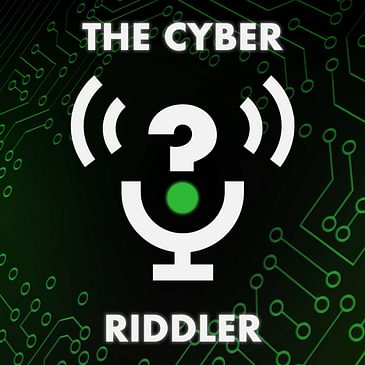In this episode, delve into the world of cyber security through the lens of expert threat hunters. As they navigate the complex digital landscape, these skilled professionals employ advanced techniques and tools to investigate systems meticulously. Their mission: to unearth hidden implants and payloads that lurk undetected, posing significant risks. Through a combination of expertise, intuition, and cutting-edge technology, they reveal how they stay one step ahead of cyber threats, ensuring the digital safety of organizations. Witness the high-stakes game of cyber threat hunting, where every clue uncovered could be the key to thwarting cybercriminals and safeguarding valuable data.
- Twitter: @almorabea
- Twitter: @CyberRiddler
- Website: https://thecyberriddler.com


